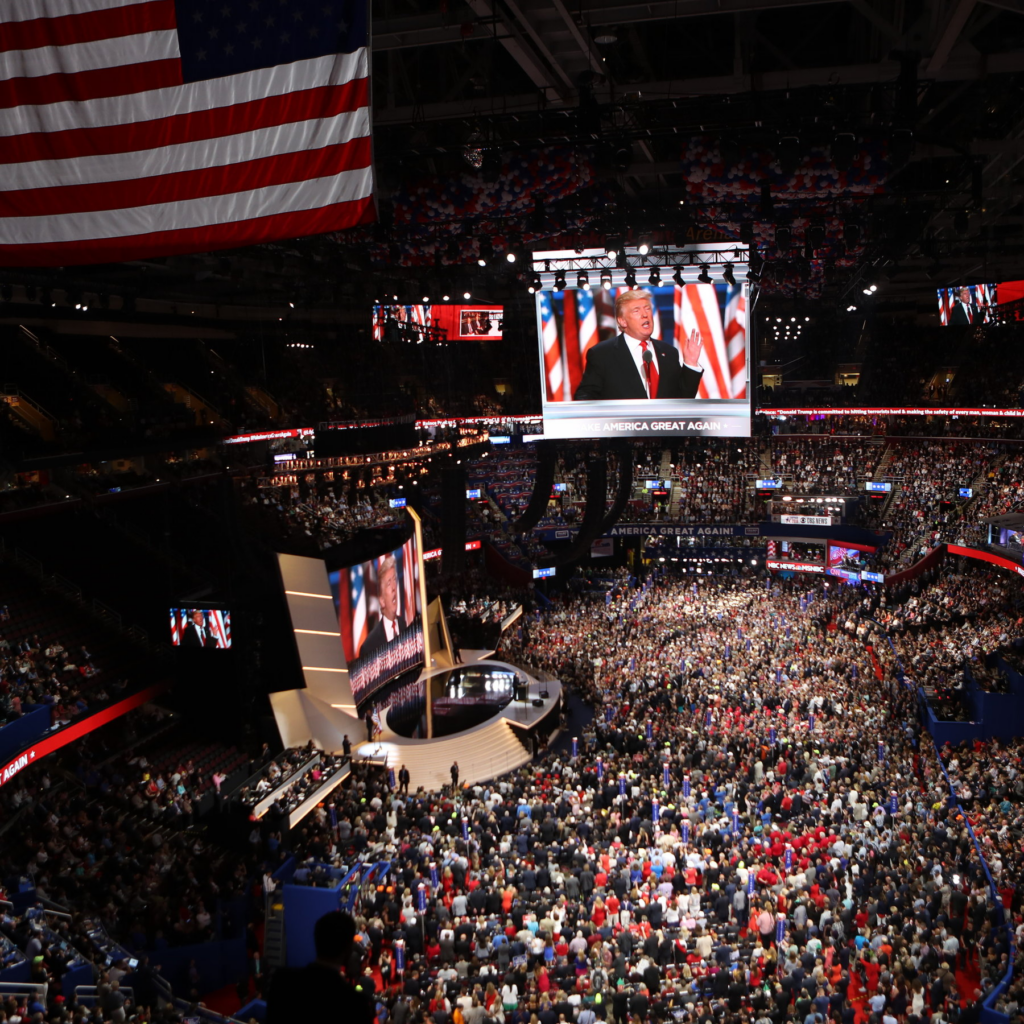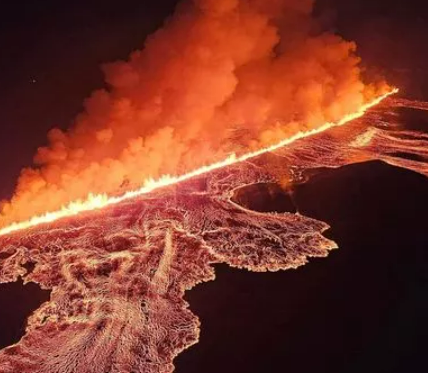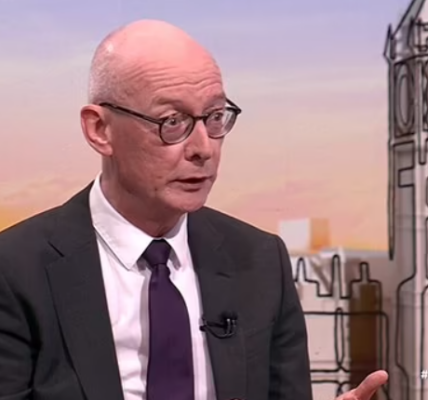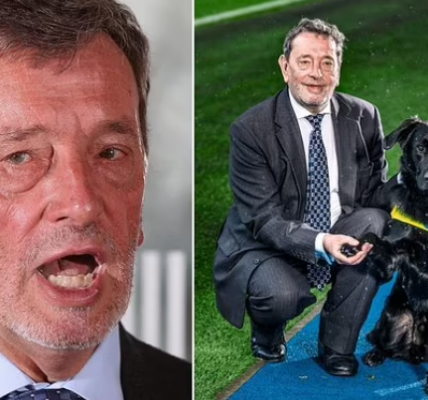It’s a presidential election year, which means the party conventions are a fixture on the summer schedules of every political pundit and reporter.
In the past, the big conventions were gatherings where the party faithful hashed out who would be their nominee. But in the modern primary era, the candidates have (in almost every case) already been determined by the results of primaries and caucuses, and their nomination at the convention is merely a formality. So while delegates from around the country still gather to officialize both their nominee and their parties’ policy platforms, the prime-time, televised speeches are essentially campaign events.

Given the widespread media coverage, the conventions offer each party four nights in the spotlight to dominate the news cycle, and the conventional wisdom would suggest this is a prime opportunity to win over potential voters to their cause. But do voters tune in? And do these convention stump speeches manage to persuade those who watch?
Convention watchers tend to be committed partisans
When asked about their plans for watching the conventions this summer, respondents in a mid-July YouGov/The Economist poll (fielded in the days immediately before and at the start of the Republican National Convention) reported that they were most likely to only watch content from their own party’s convention, if at all:
“I think there’s a lot of partisan cheerleading happening alongside maybe a little bit of persuasion,” said Marc Meredith, a political scientist at the University of Pennsylvania, pointing to the fact that most of these viewers are already set in their choice of whom to vote for in the fall. “We have a lot of good research and political communications that suggest that the types of people who would be most exposed to conventions are the most politically engaged people, the types of people who would probably be the most certain to vote and the most certain to vote for specific candidates.”

Some convention moments are specifically designed to reach out to the skeptical, whether those within the party or those outside it. Jan Leighley, a political scientist at American University, pointed to this year’s RNC speech by former U.N. Ambassador Nikki Haley, a prominent Donald Trump critic and primary opponent, who appealed to Trump-skeptical Republicans by emphasizing that she doesn’t need to agree with everything Trump does to vote for him. Former Rep. Adam Kinzinger, another Republican critic of Trump, is one of a few Republicans who may perform a similar function at the Democratic National Convention this week, as they try to try to bring those same skeptics to the other side.
But when it comes to gaining support from voters in the middle, it may be a challenge to get those voters to watch. The same YouGov/The Economist poll found any type of convention viewership among self-identified independents is quite low:
Plus, the reality is that there just aren’t many true swing voters these days. “Most of the people who even say they’re swing voters have a pretty partisan voting record,” said Leighley. Furthermore, many true undecided voters are less politically informed, and thus least likely to be paying attention to the presidential race months out from Election Day. “Even with the Democratic Convention being so late this year, it’s summer. People are on vacation. Politics is negative and nasty … Even though they may fully intend [on] voting, this is not a priority for them right now.”

The potential echo chamber effect of political conventions may also be amplified by today’s high level of political polarization and increasingly diversified media market, in which voters can choose to get their political news from a wide variety of sources. “Back in the day, there used to be three news stations that everyone tuned into, and they all were pretty moderate, and they showed the same things largely,” said Aaron Weinschenk, a political scientist at the University of Wisconsin at Green Bay. “Now you can avoid anything you don’t want, and watch anything you want, and watch it repeatedly.”
Persuasion in the modern convention era
But preaching to the choir has its place as well, and conventions still serve an important purpose when it comes to getting out a party’s message. “One type of person who’s likely tuning into conventions are the people who are going to be out door knocking, phone calling, trying to persuade people to vote … for their candidate,” Meredith said. “Part of what the speech and party conventions do more broadly is to give those individuals a sense of what the broader party brand and candidate brand is about, and give them some of the talking points that they can use when doing that political outreach.”
The most viewed day of the convention, according to Nielsen reports, is consistently the final day, when the party’s candidate gives their big keynote address, but TV ratings for conventions have struggled in recent years. In fact, Nielsen’s ratings measuring the share of U.S. households tuning in across all days of the conventions have trended downward since the 1960s, with both 2020 conventions and last month’s RNC clocking in with the lowest ratings of all:
But critically in the digital age, key moments from conventions can last much longer than the event itself, through news coverage and social media sharing. That’s probably one reason that a 2012 study by Pew Research found interest in political campaigns spikes following a party’s convention. Convention season remains one of the most dynamic parts of the election cycle, and while various factors may have limited their scope in recent years, the parties do still tend to experience a post-convention “bounce” in the polls as well. With this in mind, generating positive post-convention buzz and momentum can be seen as one of the parties’ main goals for their conventions.
So which moments go viral? “If I had to guess, it would be the unexpected moments or the unusual moments,” said Weinschenk. He pointed to a moment during the 2012 RNC when actor and director Clint Eastwood addressed an empty chair as if it were President Barack Obama — it became such a meme that people changed their Facebook profile photos to the chair afterward. Meanwhile, an enduring image from this year’s RNC may be attendees wearing ear bandages in solidarity with the former president following the assassination attempt against him.

And while moments like these may or may not have lasting political impacts, other viral moments can be party-defining, like then-Illinois state Sen. Obama’s own speech at the 2004 DNC nominating John Kerry, which launched the national profile that led to his presidency. “I can remember … listening to Barack Obama speak, and [saying], ‘This guy’s going to be president of the United States one day, right?'” said Costas Panagopoulos, a political scientist at Northeastern University. It’s a story that Democrats at this week’s convention may have in mind, as they hear from a roster of party stars looking to boost their own political prospects in a post-Biden party focused on generational change.
Political parties are trying to capitalize on those moments and reach wider audiences, leaning into celebrity appearances and flashy multimedia presentations. The RNC in July featured numerous celebrity appearances, including Hulk Hogan, Kid Rock and a rap video by Forgiato Blow and Amber Rose. These moments, and others, read as attempts to tap into the virality of social media that dominates many voters’ lives. As for the DNC, the party is producing vertical content optimized for social media platforms, and Tuesday’s ceremonial roll call vote was practically made for viral clipping, featuring DJ-curated music to introduce each state delegation and surprise appearances by celebrities like rapper Lil Jon. While the impact of these approaches is still up for debate, the Harris campaign has undoubtedly enjoyed some positive online engagement driven by viral memes from the very start of her candidacy.
Panagopoulos said those moments can’t really be manufactured. “Parties anticipate that these things could happen and they create opportunities for lightning to strike, but that doesn’t always mean lightning will strike,” he said. “So when lightning actually strikes, it’s natural and spontaneous and organic. I think that that can be a very powerful moment.”
The DNC has a different job this year
Of course, this year’s DNC will be different than any in recent history, after President Joe Biden dropped out of the race in July and endorsed Vice President Kamala Harris just last month. While Harris cinched up the party’s support virtually immediately, she remains less of a known quantity to voters than either Biden or Trump, meaning the DNC will be many voters’ first major exposure to her as a presidential candidate.
Lonna Atkeson, a political scientist at Florida State University, emphasized that Democrats’ unified support of Harris means this week’s DNC will be able to focus fully on bolstering Harris’s image and standing as the party’s nominee. She contrasted this to conventions like the 1992 DNC (which she attended as a delegate from Colorado), where there were still “a lot of politics going on” at the convention, as nominee Bill Clinton worked to appease those who had backed other primary candidates, like California Gov. Jerry Brown.

Some think the unusual circumstances around this year’s DNC could spur above-average viewership and even polling swings. “I think more [voters] will be tuning in than the share that would have been voting for Biden, just to get a clearer sense of what her priorities are as a candidate,” Meredith said. That seems to be borne out in some of the early viewership numbers from the first two days of the convention. An estimated 20 million viewers tuned in to the first night of the DNC, which was headlined by President Joe Biden’s keynote speech — about 2 million more than those for the first night of the Republican convention.
And in this fast-moving environment, Panagopoulos emphasized that undecided voters can’t be entirely written off, and that in an era of close elections, even a small number who tune in to be persuaded can make a difference. “My sense is that the Democratic excitement around Kamala Harris’s candidacy is genuine and palpable, and that that will come across during this convention,” he said. “There is the potential that that bounce can be more pronounced if the enthusiasm coming out of a convention is genuine.”
Atkeson pointed to the recent movement in the polls after Harris became the nominee, and said she’ll be watching for more of that in the days after the convention. “There’s obviously a lot of flexibility around some segment of the population that seems to be unusually open to change,” she said.




